Being able to adapt from a high powered outlet to something with lower power has become more of a necessity. A dryer, range, or generator outlet may not need it’s higher power output anymore for your needs. Now, you only need to use a 20 Amp or lower household tool, but you are concerned that the tool may try to pull the larger amperage available at the outlet. While this is unlikely, it is possible.
Faulty equipment or faulty cords can try to pull more power than they are rated for. So, what is there to prevent that from happening when the breaker on a high amperage outlet is set to trip for a larger load?
No need to worry anymore, as there is now a solution for you. To prevent the possibility of your equipment or power cords from overdrawing, we have developed adapters with built-in 20 Amp circuit breakers.
How do these work? Very simply. Think of them just like the circuit breakers in your main panel at home.
If too many things are plugged into one circuit, or if something is working incorrectly and trying to pull more than it is rated for, the breaker will trip. And as we know, because we are all guilty of doing this, the power gets cut off from that circuit. To reset it, you have to find the issue, fix it, and flip the switch back. For these adapters, it works the same way. Instead of a switch, there is a red button for you to press.

Would you like to power multiple pieces of light duty-equipment from a high-powered outlet? We have a solution for that, too. It’s the same concept mentioned above, but with four outlets and two 20 Amp circuit breakers. One such example is S1450CBF520. This will split your cooking range outlet into 4 household outlets. 
The important thing to note is that each side of this PDU is rated for 20 Amps because of the breakers. So it is best practice to use only light-duty pieces of equipment with this power distribution cord.
There are several plug configurations these adapters come in. Check them out! Here is the best way to look them up:
- Type in just the numbers of the NEMA configuration for the plug you are looking for. Let's say NEMA L14-30P. So you would start your search with "L1430".
- Next, add "CB" to your search.
- Then, finish it off with "520", the female NEMA configuration for all of these adapters. If you are looking for the power distribution models, finish the search with "F520".
If you’re not sure which is the right fit for you, don’t hesitate to take advantage of our free consultations. Also, be sure to check back occasionally to see what new ideas we have for you.




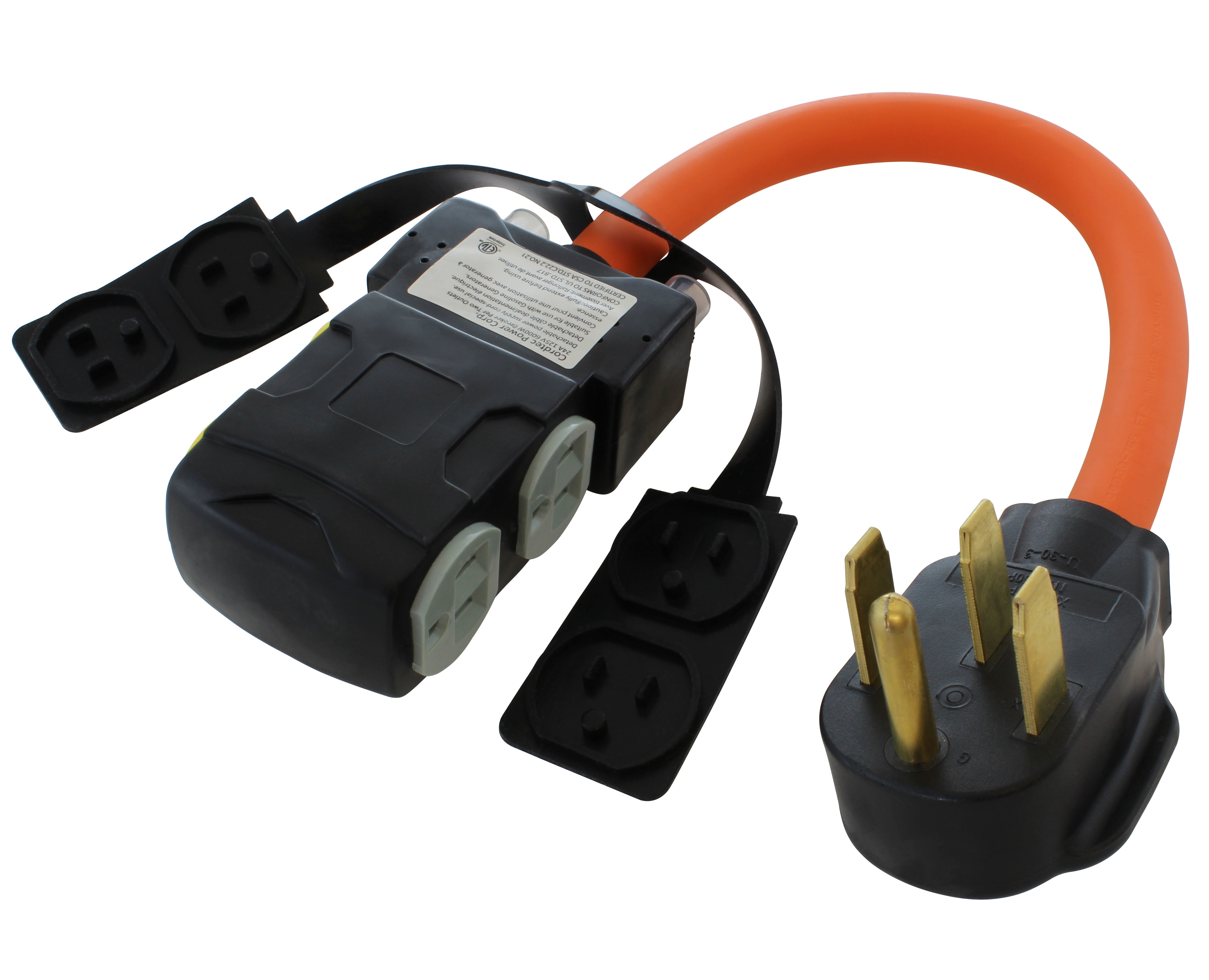
![AC WORKS® [ASINSS2PBX-G] 50A Locking 4-Wire CS6375/ SS2-50 Heavy-Duty Transfer Switch Inlet Box](http://acworks.com/cdn/shop/files/ASINSS2PBX-0_0206b362-7c90-42a5-8754-0685c13dab7e.jpg?v=1758051675&width=2500)

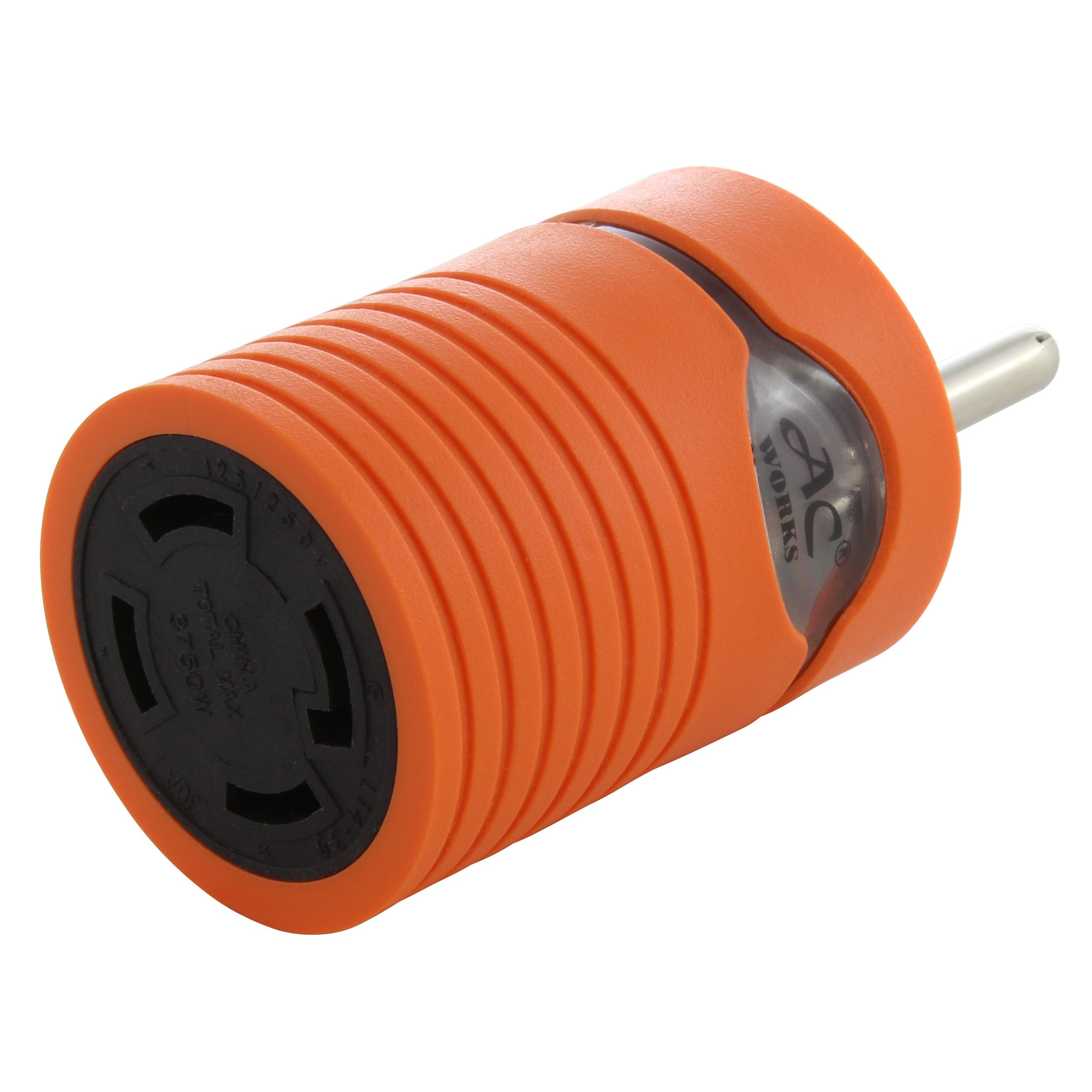
![AC WORKS® [S1430CBF520] 1.5FT 14-30P 4-Prong Dryer Plug to (4) Household Outlets with 24A Breaker](http://acworks.com/cdn/shop/products/S1430CBF520.jpg?v=1666103519&width=4656)
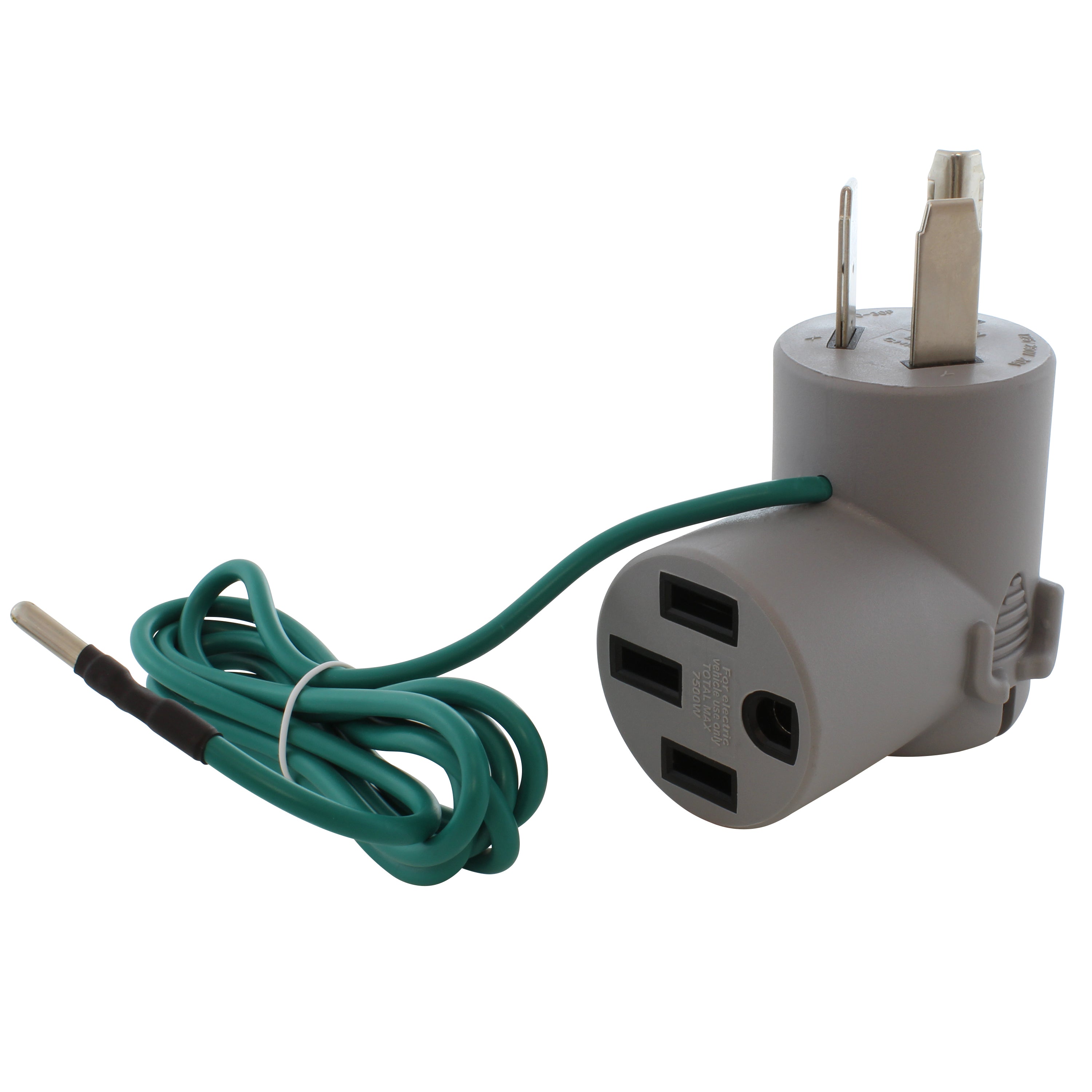
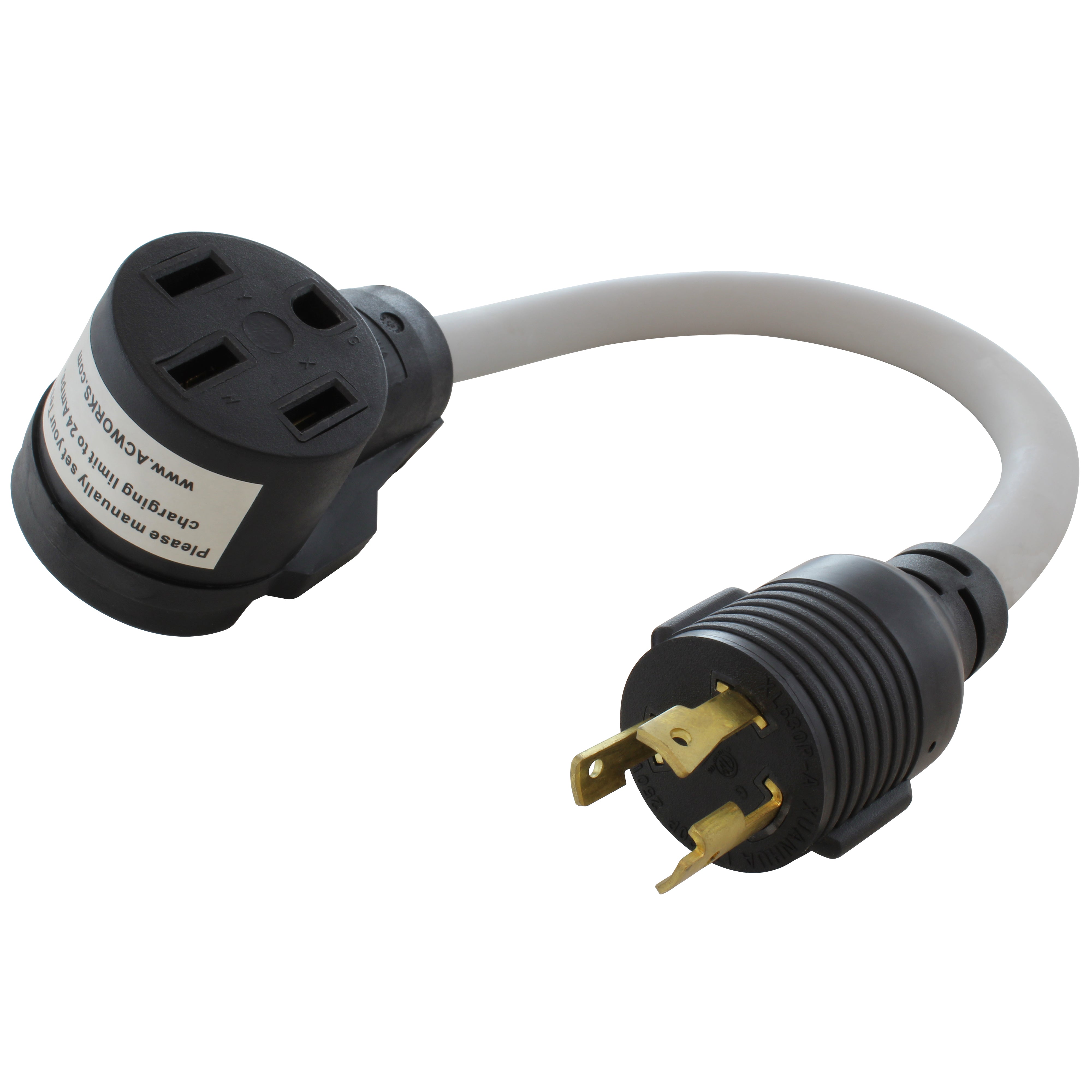
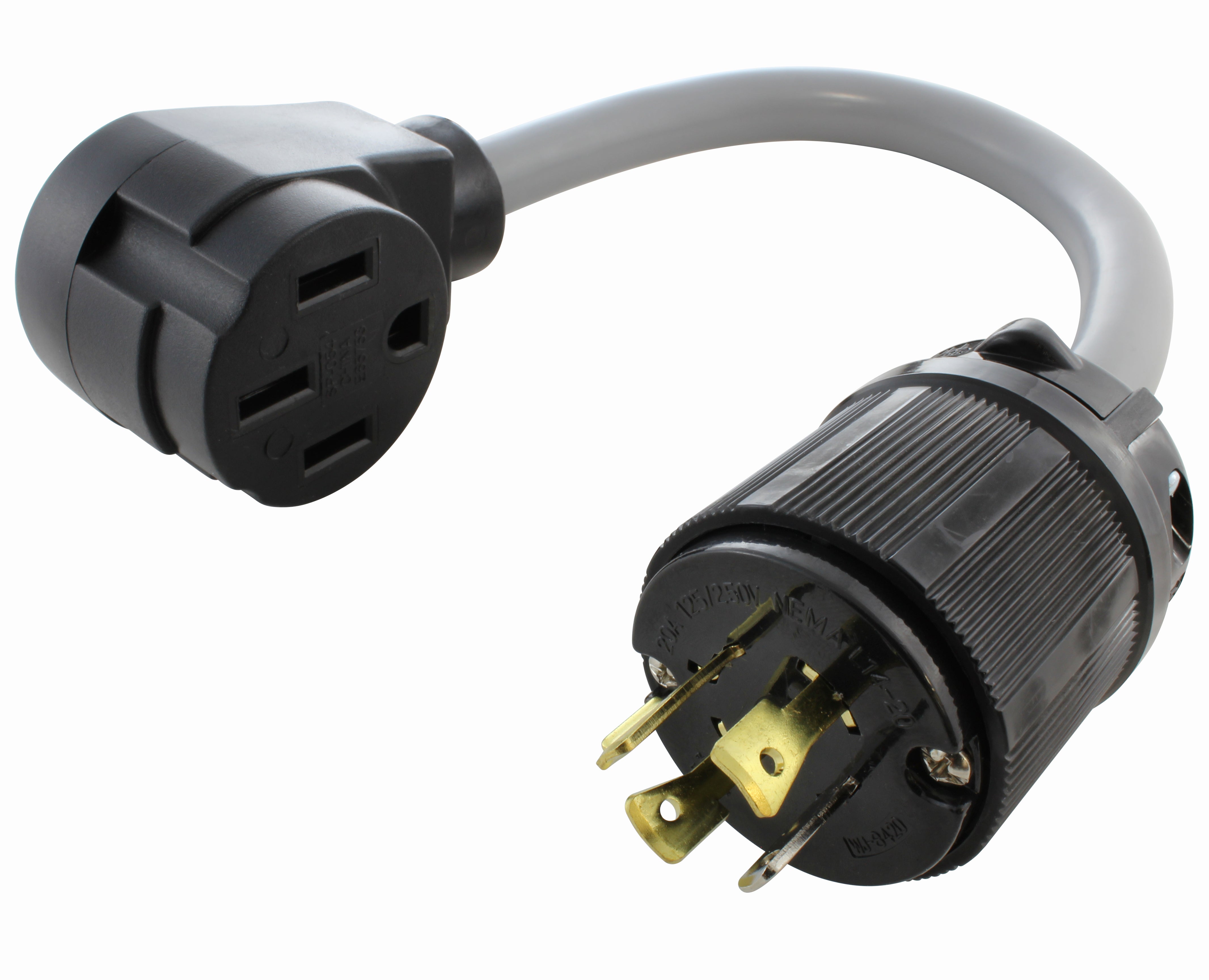

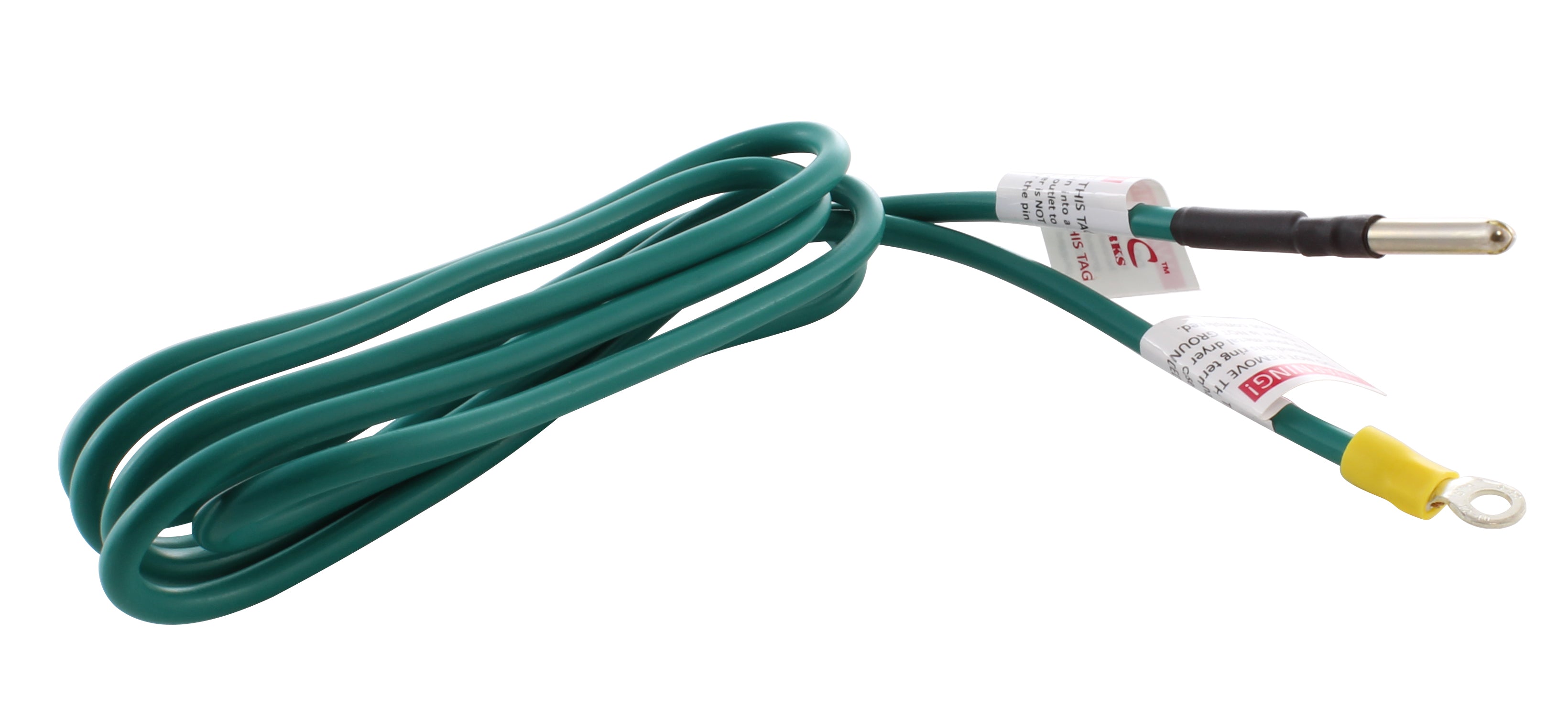

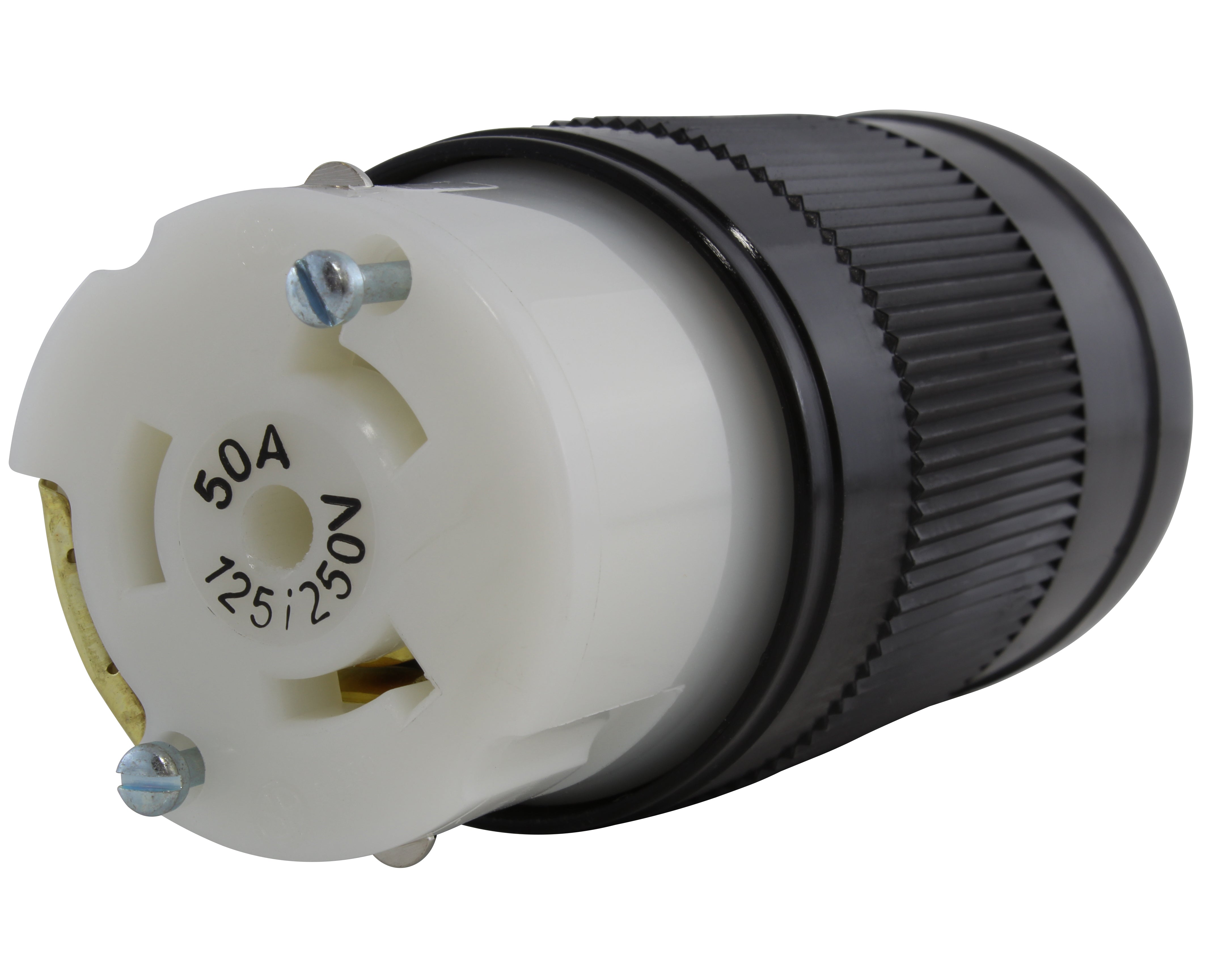

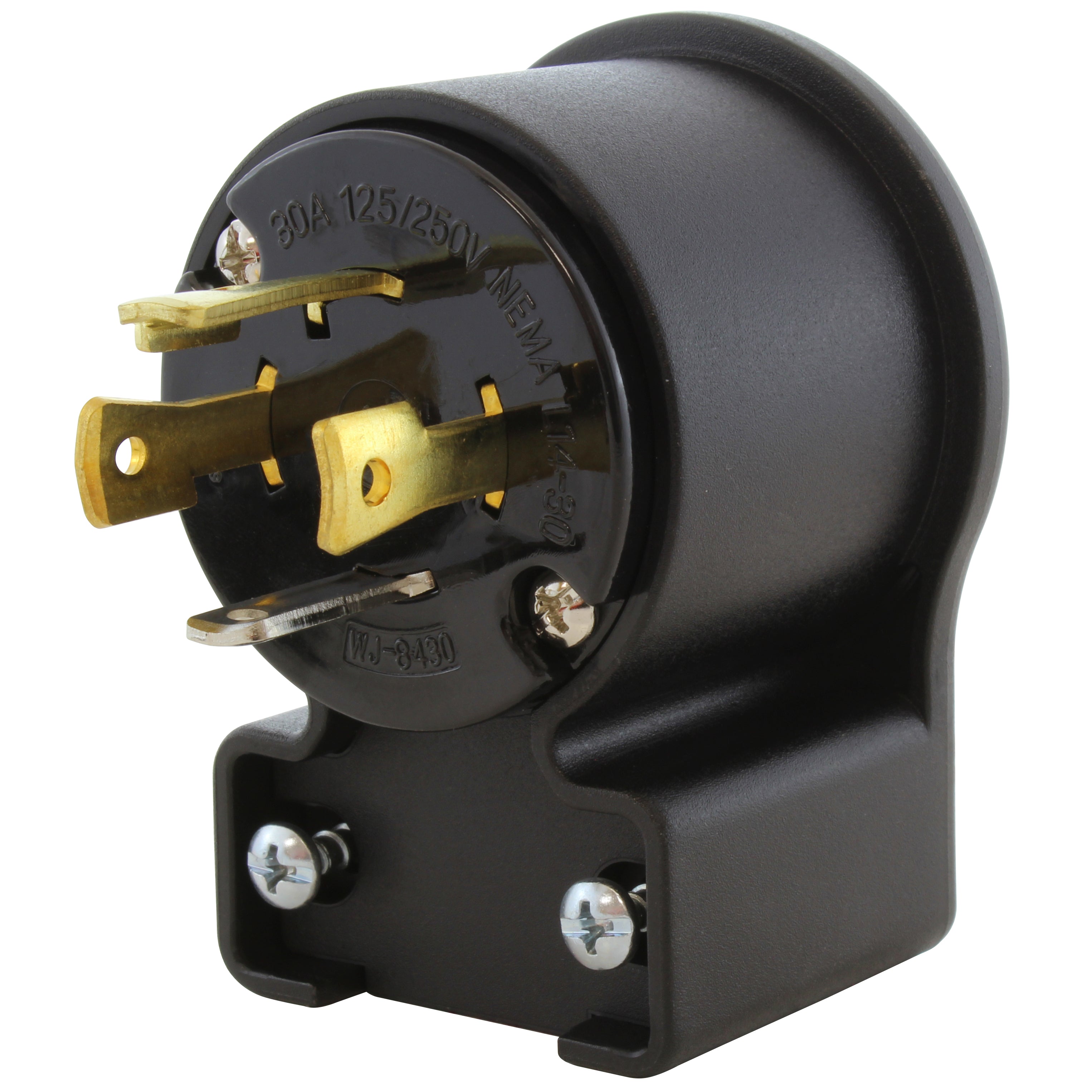
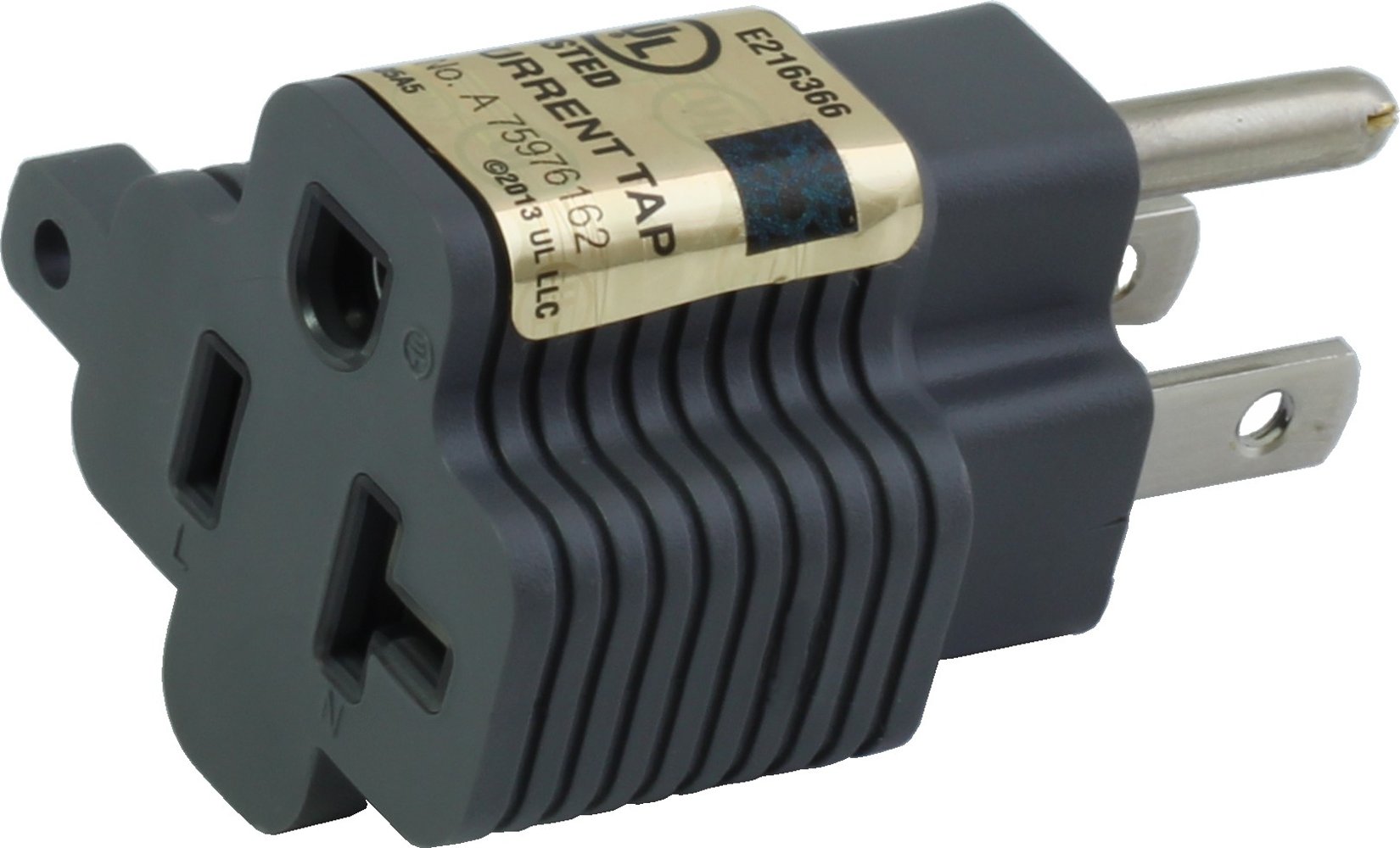
![AC WORKS® [ADV104] 3-Prong Heavy-Duty V-DUO Household Outlet Adapter](http://acworks.com/cdn/shop/products/ADV104-0.jpg?v=1605738768&width=3128)
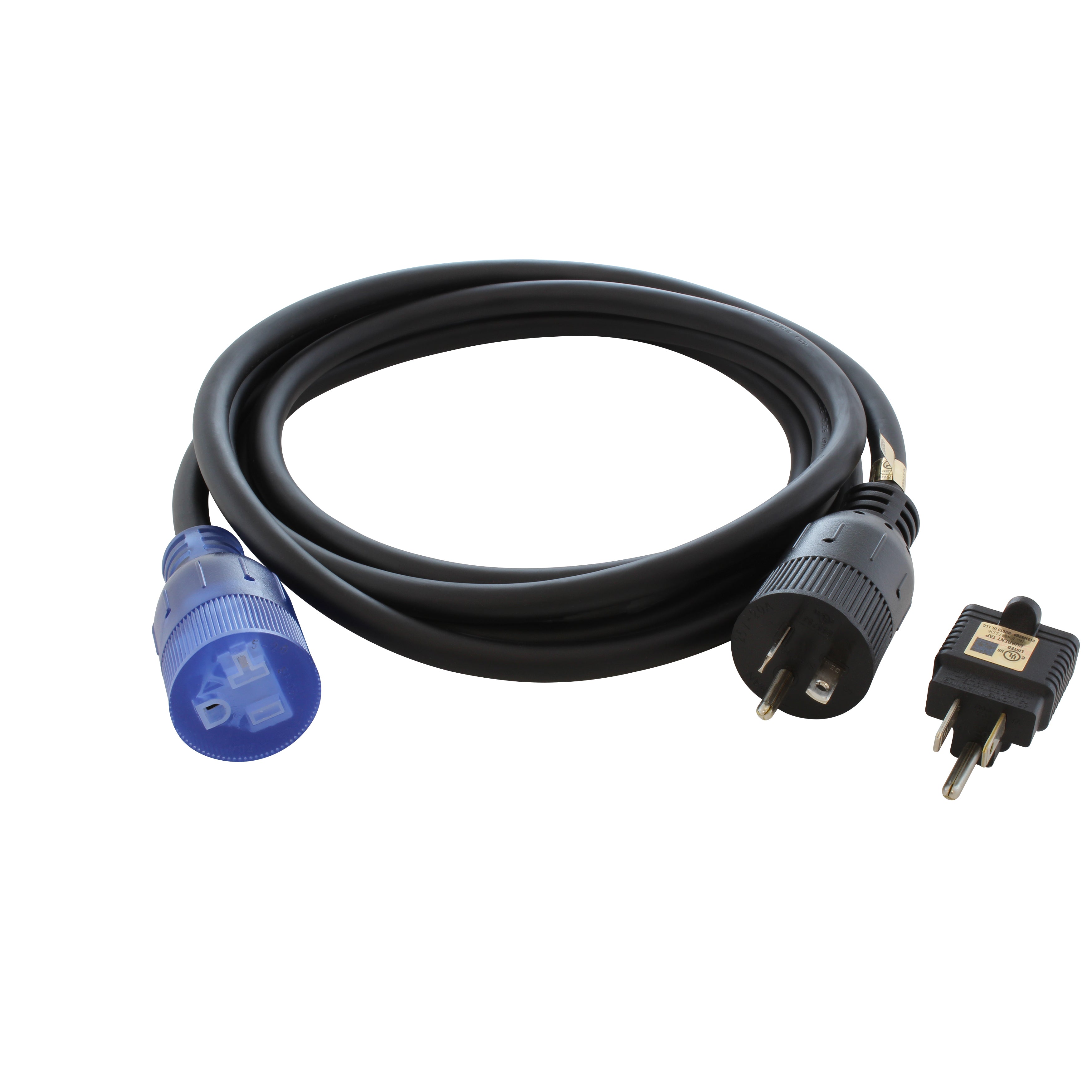
![AC WORKS® [XH515520] 15A to 15/20A 125 Volt Plug Adapter with ETL Safety Approval](http://acworks.com/cdn/shop/files/XH515520-0_daea425a-f439-48df-bb75-052167057f12.jpg?v=1729091519&width=2500)
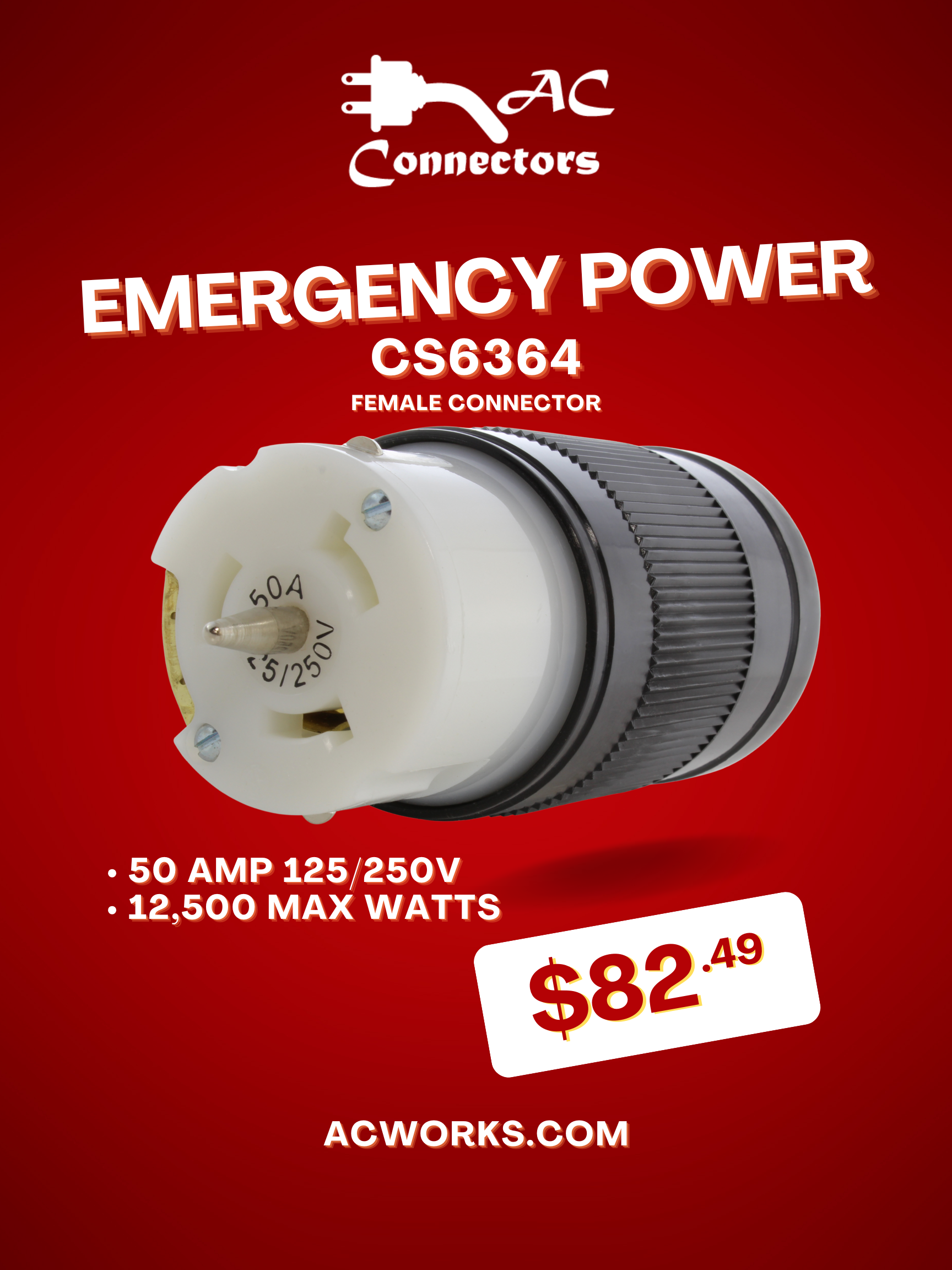


Share:
4-Prong 250 Volt Connections VS 3-Prong 250 Volt Connections
100 Ways We Can Help You